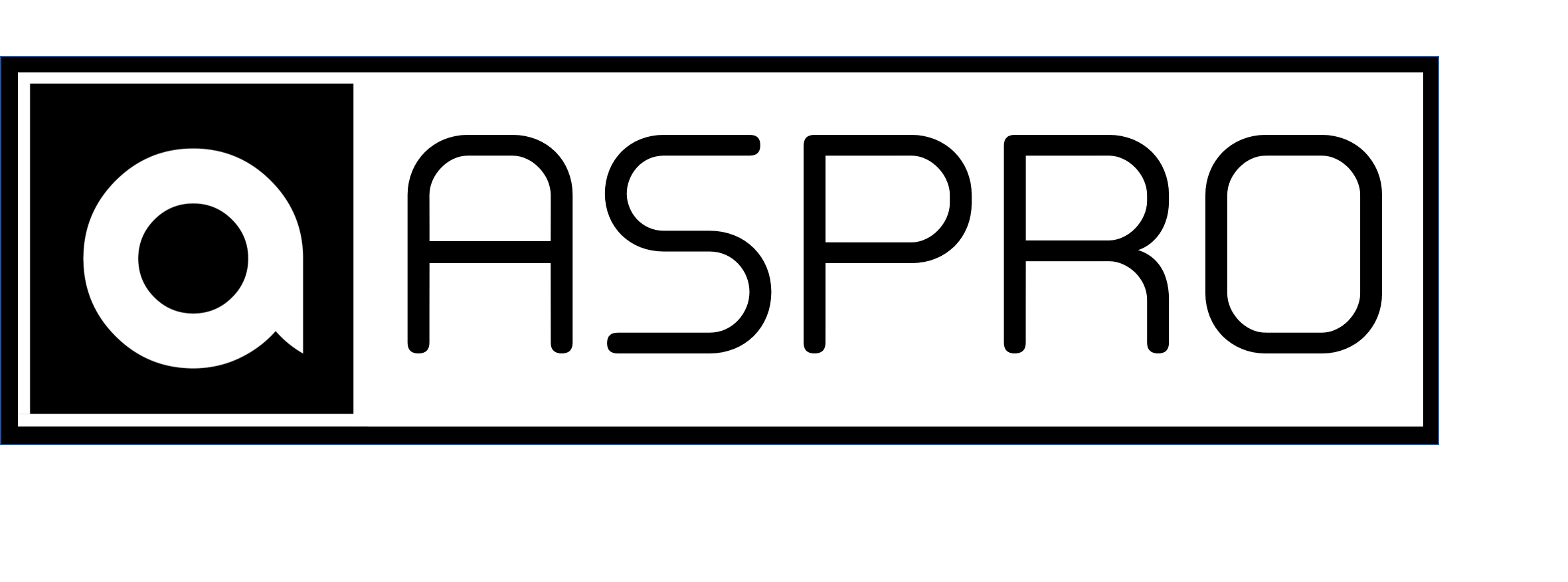The PAR can is perhaps the most widely used light for concerts, nightclubs and touring productions. PAR cans come in a variety of sizes and shapes; from the minuscule PAR16 to the 1000 watt PAR64.
What is a PAR can?
PAR is an acronym for “Parabolic Aluminized Reflector” and is used to designate a sealed-beam lamp similar to the headlight in an automobile. PAR lamps are differentiated according to their diameter, which is measured in eighths of an inch. Therefore, a PAR64 is eight inches in diameter (64/8 = 8) and a PAR38 has a diameter of four and three-quarter inches (38/8 = 4.75). PAR lamps are available in an assortment of wattages and beam spreads as well. For example, a PAR56 lamp may be purchase at 300 or 500 watts, and each wattage is available in Narrow Spot, Medium Flood or Wide Flood.
The PAR can is the lamp housing that safely holds the lamp and any color media (gel) in place. The can also has a mounting bracket that allows it to be bolted to a light bar or truss or by use of a pipe clamp.
Should I use a traditional halogen PAR can or a LED PAR can?
- LED PAR cans do not require the replacement of color gel filters.
- If you are using fog or smoke machines, you may want to consider traditional PAR cans. LED PAR cans are not quite as bright as incandescent PAR can lamps and sometimes lack the punch to cut through the fog and get the most out of the lighting effect fog machines yield.
- If there are LED PAR cans mounted up-stage to illuminate the audience, the flicker of the LEDs, if there is indeed one, and the sight of the individual bulbs rather than a coherent light source may be distracting. Some LED PAR cans, particularly lower end ones, may flicker on camera as AC current modulates and the LED lamp cycles, producing flickering perceptible by video cameras.
- For this reason, if you videotape or plan on doing so, you may want to determine how high end a LED PAR can you can afford, as any flickering in your recording will probably ruin your recording.
- To get the most out of your lighting system, you may consider choosing a combination of traditional and LED PAR cans. This will of course depend upon your lighting and personal priorities. This also presents its difficulties, as much matching color and light quality between the sources can sometimes be difficult. If you are willing to sacrifice lighting performance for a greener lighting system, you may opt for a complete LED system.
Like most important questions, there are no simple answers and more often, there really isn’t an answer at all. When it comes to choosing between LED and incandescent PAR cans it is best to know the limitations of each technology so you plan accordingly and use one’s advantages to compensate for the disadvantages of the other. Aspro Lighting has both both traditional and LED PAR cans available for rental!

